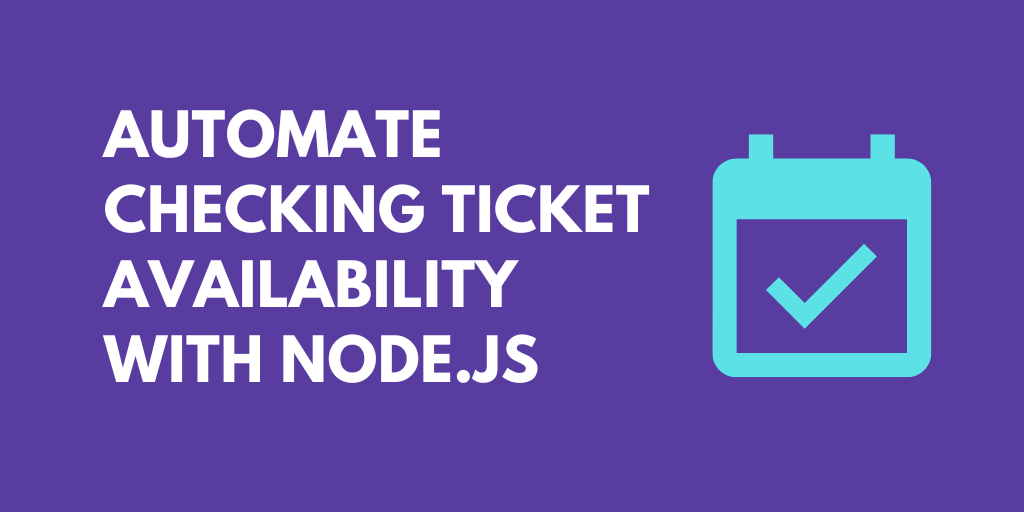What do you want to automate
with httpSMS and Node?
Prompt, edit and deploy AI agents that connect to httpSMS, Node and 3,000+ other apps in seconds.
Trusted by 1,000,000+ developers from startups to Fortune 500 companies
Popular httpSMS and Node Actions#
Write custom Node.js code and use any of the 400k+ npm packages available. Refer to the Pipedream Node docs to learn more.
Overview of httpSMS#
The httpSMS API enables you to send SMS messages programmatically. With it, you can integrate SMS capabilities into your workflows on Pipedream. This is useful for alerting users, sending verification codes, or providing updates via text message. On Pipedream, you can connect the httpSMS API to various triggers and actions, creating automated processes that handle a multitude of SMS-related tasks.
Connect httpSMS#
import { axios } from "@pipedream/platform"
export default defineComponent({
props: {
httpsms: {
type: "app",
app: "httpsms",
}
},
async run({steps, $}) {
const data = {
"content": `Hello, world!`,
"from": `${this.httpsms.$auth.sender_phone_number}`,
"to": `${this.httpsms.$auth.sender_phone_number}`,
}
return await axios($, {
method: "post",
url: `https://api.httpsms.com/v1/messages/send`,
headers: {
"x-api-key": `${this.httpsms.$auth.api_key}`,
"Content-Type": `application/json`,
"Accept": `application/json`,
},
data,
})
},
})
Overview of Node#
Develop, run and deploy your Node.js code in Pipedream workflows, using it between no-code steps, with connected accounts, or integrate Data Stores and File Stores
This includes installing NPM packages, within your code without having to manage a package.json file or running npm install.
Below is an example of installing the axios package in a Pipedream Node.js code step. Pipedream imports the axios package, performs the API request, and shares the response with subsequent workflow steps:
Connect Node#
// To use previous step data, pass the `steps` object to the run() function
export default defineComponent({
async run({ steps, $ }) {
// Return data to use it in future steps
return steps.trigger.event
},
})Community Posts#
